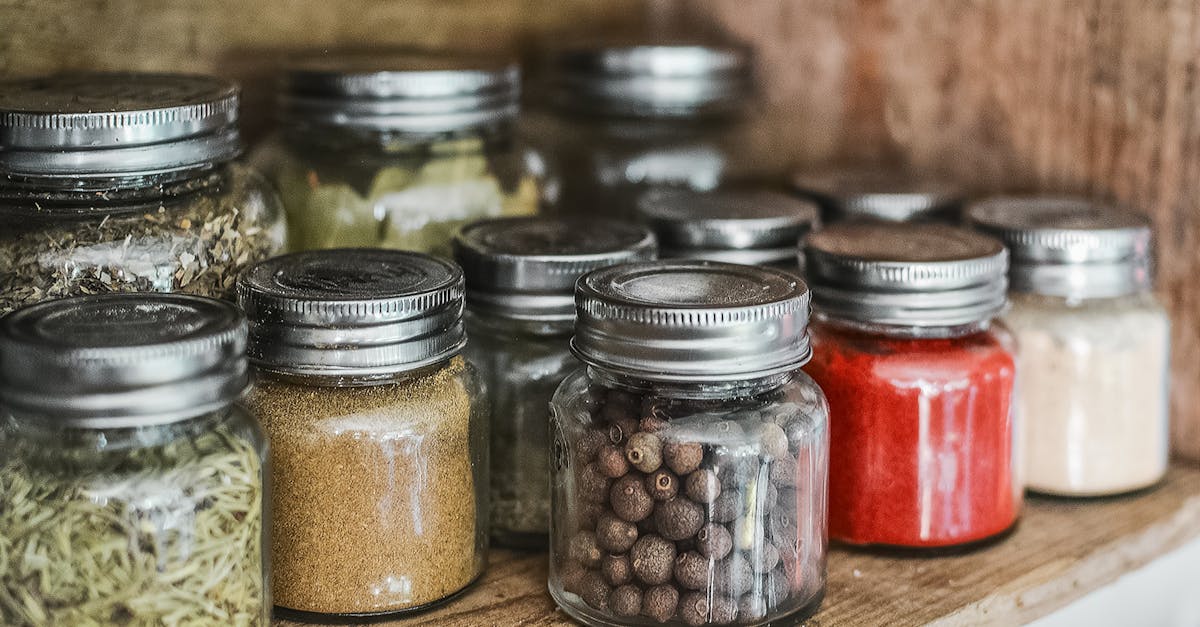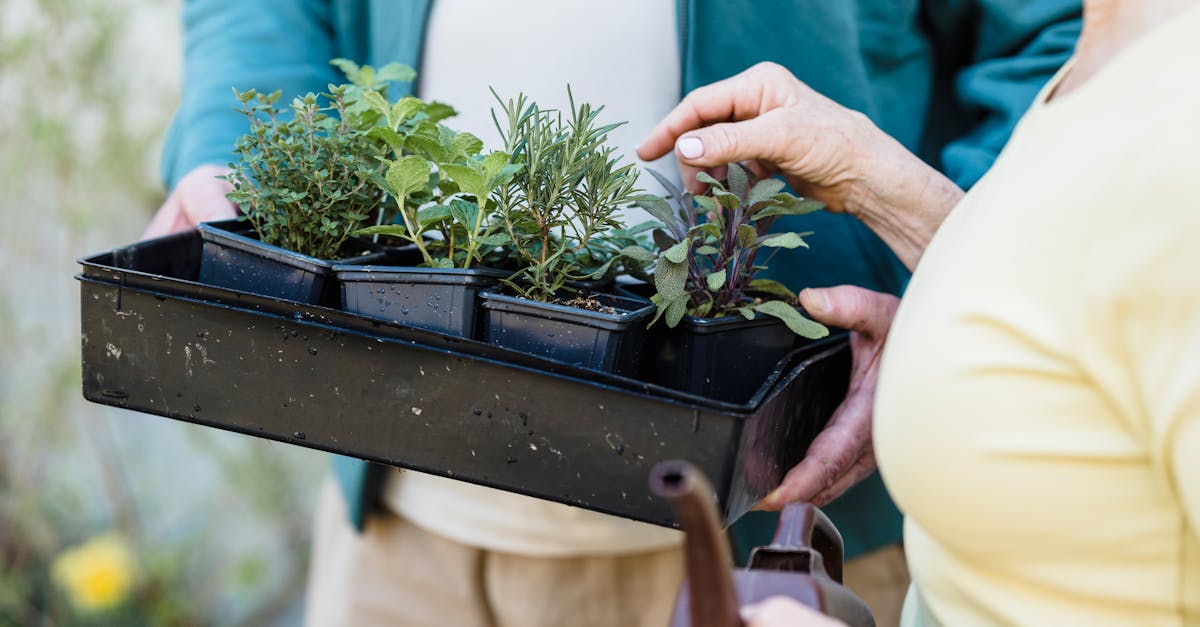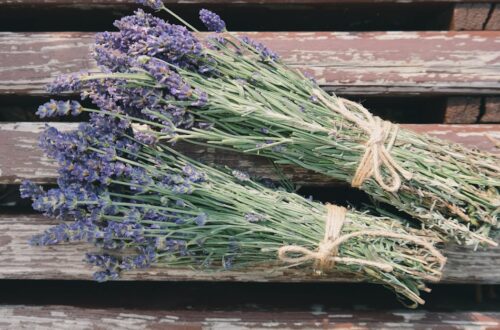Growing creeping thyme from seed is a rewarding endeavor for gardening enthusiasts and novices alike. This resilient ground cover plant not only beautifies your outdoor spaces with its lush, green foliage and vibrant flowers, but it also provides an aromatic touch to your garden. In this complete guide, we will explore the essential steps, tips, and techniques to successfully cultivate creeping thyme from seed, ensuring that your garden flourishes with this low-maintenance herb. Whether you’re looking to enhance your landscape or use it in culinary dishes, understanding the nuances of growing creeping thyme will set you on the right path to gardening success.
Understanding Creeping Thyme
Creeping thyme is a low-growing perennial herb that thrives in sunny locations and well-drained soils. Its vibrant purple flowers bloom in summer, attracting pollinators while forming a lush green carpet. The plant’s resilience makes it a popular choice for ground cover, particularly in rock gardens and between stepping stones. Notably, growing creeping thyme from seed requires minimal effort—simply scatter the seeds in spring or fall. With minimal maintenance, this herb not only enhances the beauty of your garden but also offers culinary versatility, as its leaves can be used to flavor dishes. Whether you seek aesthetics or functionality, creeping thyme is a rewarding addition to any garden.
What Is Creeping Thyme?
Creeping thyme (Thymus serpyllum) is a hardy, aromatic plant belonging to the mint family. Known for its creeping habit, it spreads quickly across the ground, making it perfect for filling empty spaces.
Benefits of Growing Creeping Thyme
Creeping thyme boasts several benefits, including low maintenance, drought resistance, and the ability to suppress weeds. It’s also a fragrant addition to gardens while attracting beneficial insects, making it an eco-friendly choice.

When to Plant Creeping Thyme Seeds
To successfully cultivate creeping thyme from seed, timing is crucial. Ideally, plant your creeping thyme seeds in early spring after the last frost, or in late summer for a fall harvest. These periods provide optimal soil temperatures, promoting better germination rates. Additionally, ensure that the soil is well-drained and fertile, as these conditions are vital for healthy growth. Be mindful of moisture levels; creeping thyme prefers slightly dry conditions once established. Understanding these factors will not only enhance germination but also lead to a thriving thyme patch in your garden.
Ideal Growing Conditions
Creeping thyme thrives in well-drained, sandy soils enriched with organic matter. It prefers full sun, requiring at least 6 to 8 hours of sunlight daily. Avoid overly moist environments, as this can hinder growth.
Seasonal Planting Guide
The ideal planting times are early spring or late summer. Early spring planting allows seeds to establish before the heat of summer, while late summer planting supports growth into fall.

Preparing the Soil for Planting
When it comes to successfully growing creeping thyme from seed, soil preparation is crucial. Opt for a well-draining soil mix that’s rich in organic matter. A blend of sandy loam and compost works wonders, ensuring your seeds have the ideal environment for germination. Aim for a soil pH between 6.0 and 8.0 to enhance nutrient availability.
Before planting, clear the area of any debris and weeds to reduce competition. Tilling the soil to a depth of about 12 inches loosens compacted soil and promotes healthy root development. Consider adding a slow-release fertilizer to enhance nutrient content, which can significantly improve seedling vigor and long-term growth performance. With these steps, your creeping thyme seeds will thrive!
Choosing the Right Soil Mix
Selecting the right soil mix is vital for creeping thyme. A sandy loam enriched with compost ensures good drainage and nutrient availability, promoting seed germination.
Soil Preparation Techniques
Effective soil preparation involves clearing debris, tilling the soil, and adding fertilizers. This effort creates a fertile bed for better growth and healthier plants.

Sowing Creeping Thyme Seeds
Sowing creeping thyme seeds is an easy and rewarding gardening task. Ideally, seeds should be sown in the spring or fall for the best germination. When planting, ensure to space the seeds about 12 inches apart and plant them at a depth of approximately 1/4 inch. This spacing allows for optimal growth and air circulation, ensuring your creeping thyme flourishes beautifully. After sowing, it’s essential to keep the soil consistently moist but not waterlogged, promoting a healthier establishment. Remember that successful propagation begins with the right technique, so follow these guidelines for a thriving thyme garden!
Seed Spacing and Depth
To achieve the best results, plant creeping thyme seeds 12 inches apart and ensure they are sown at a depth of 1/4 inch. This arrangement fosters healthy plant development.
Watering and Care After Sowing
Maintain soil moisture after sowing the seeds, keeping it damp but not soggy. This care is crucial for seed germination and the initial growth phase.

Caring for Your Creeping Thyme
Caring for your creeping thyme involves understanding its unique needs. Watering should be done consistently, ensuring the soil remains moist yet not waterlogged. Initially, when seeds are sown, keep the ground damp to encourage germination. Once established, creeping thyme requires less frequent watering, tolerating dry conditions well. Combine this with an annual application of a balanced fertilizer, especially during early spring. This will support robust growth and ensure a vibrant display of blossoms throughout the growing season. Keep an eye out for any stress signs, such as wilting or discoloration, as these indicate the plant’s need for attention and care. Following these guidelines will allow you to enjoy thriving creeping thyme in your garden or landscape.
Watering Regimen
Water freshly planted creeping thyme seeds regularly to maintain moist soil during germination. Reduce watering frequency once established.
Fertilization Tips
Apply a balanced fertilizer in spring to promote healthy growth; ensure not to over-fertilize, as creeping thyme thrives in poorer soils.

Common Pests and Diseases
Creeping thyme is a resilient plant, yet it can fall prey to several pests and diseases. Identifying common problems is essential for maintaining its health. Common pests include aphids and spider mites, which can weaken the plant if left unchecked. Fungal infections, specifically powdery mildew, may also occur, particularly in humid conditions. Regular inspections can help catch these issues early, contributing to a healthier garden.
Preventive measures are paramount for successful gardening. Implementing proper watering practices, ensuring adequate air circulation, and using organic pesticides can help mitigate these risks. Additionally, growing creeping thyme from seed in well-draining soil reduces the chances of root rot, allowing the plant to thrive. Remember, an integrated approach will yield the best protection and growth.
Identifying Common Problems
Identifying pests like aphids and diseases such as powdery mildew early can save your creeping thyme from serious damage.
Preventive Measures
Utilize organic pesticides, proper watering, and good air circulation to keep pests and diseases at bay.

Harvesting and Using Your Creeping Thyme
Harvesting creeping thyme at the right time ensures optimal flavor and potency. Generally, the best time to harvest is just before the flowers bloom, often late spring to early summer. Cutting early in the morning can maximize essential oils. Additionally, while growing creeping thyme from seed may require patience, the resulting herb is versatile and hardy, perfect for culinary applications.
When to Harvest Thyme
The ideal time to harvest creeping thyme is when the plants are full and the leaves are vibrant, typically just before flowering. This timing enhances the flavor profile, making your dishes even more delectable.
Culinary Uses for Creeping Thyme
Creeping thyme is not only a beautiful ground cover but also an exquisite culinary herb. It pairs wonderfully with meats, vegetables, and even in herbal teas, enriching your cooking with its unique aroma and taste.

Conclusion
In conclusion, growing creeping thyme from seed can transform your garden into a vibrant oasis, providing both aesthetic appeal and culinary benefits. With the right knowledge and care, you can successfully nurture this hardy herb from seed to harvest. Embrace the joy of gardening and enjoy the rewards of your efforts as you cultivate your very own creeping thyme.






